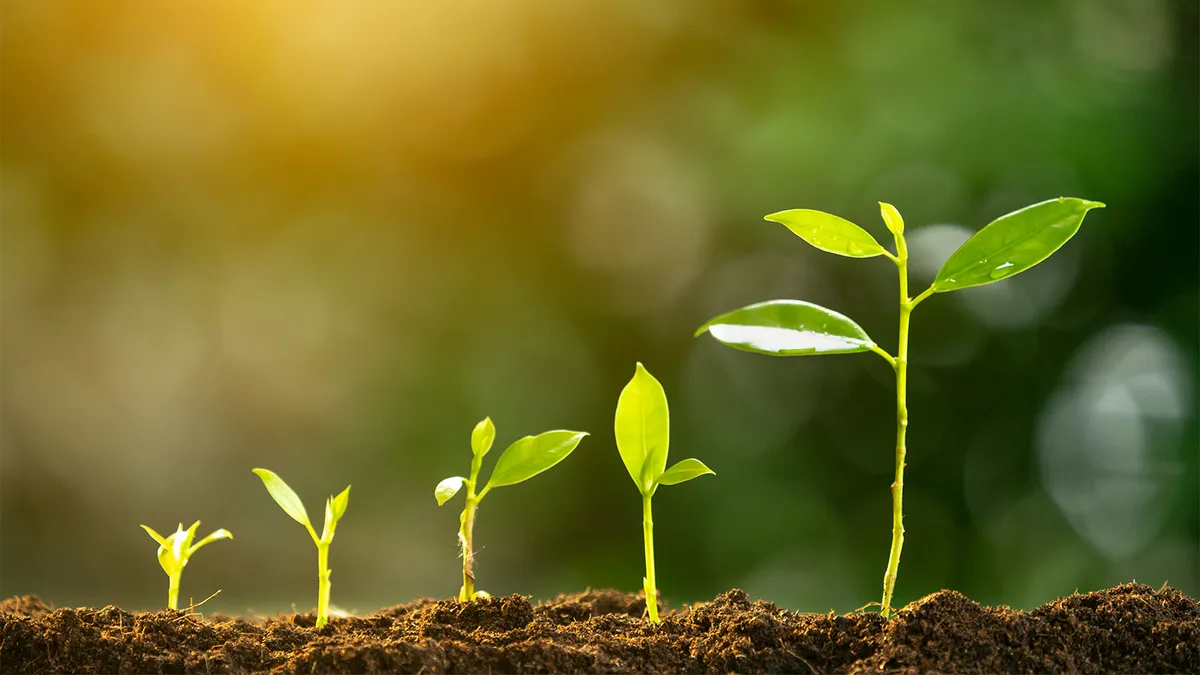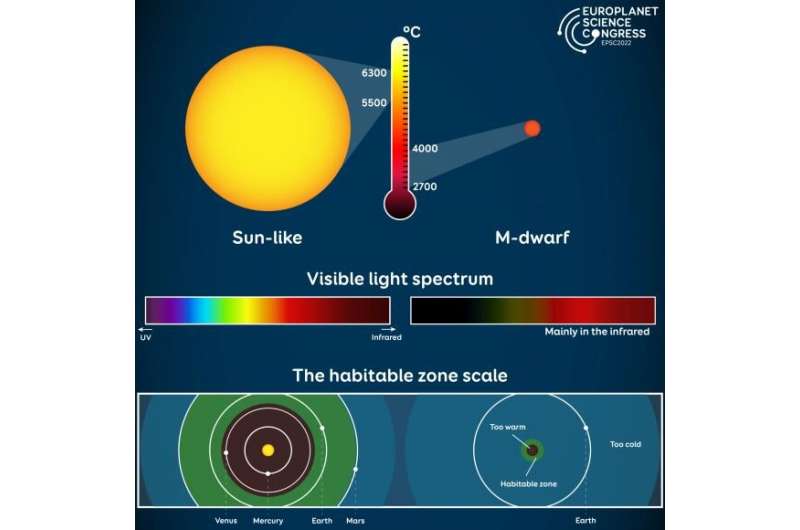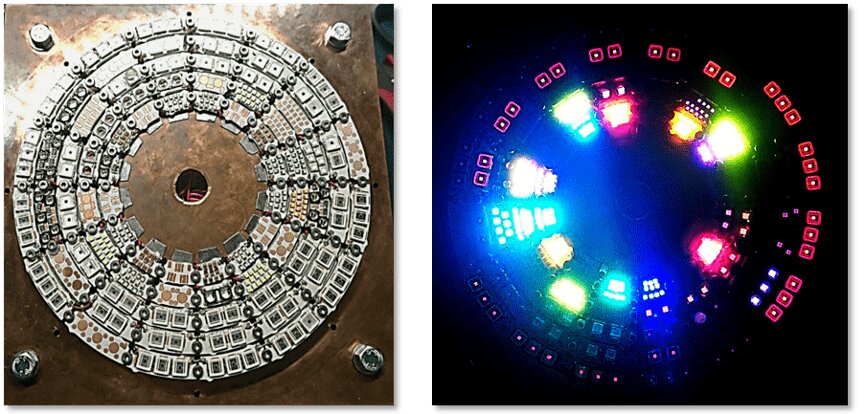Red dwarfs have a much higher percentage of energy than the Sun radiates in the infrared region of the spectrum. Scientists have conducted an experiment with cyanobacteria and proved that it will not interfere with the development of life.

Radiation spectrum and photosynthesis
Our Sun emits most of its energy in the visible region of the spectrum. At the same time, the maximum intensity falls on the wavelengths that correspond to the green color. Under these conditions, the use of chlorophyll by terrestrial plants for the assimilation of sunlight is somewhat ambiguous.
The fact is that it is it that gives the leaves a green color. And if something has a certain color, it means that it reflects exactly this wavelength. That is, the key substance in the process of photosynthesis should theoretically reduce its effectiveness.
And this with the fact that there is, for example, a retinal. This substance can also convert sunlight into chemical energy, but it does not reflect green light, but red and blue. Theoretically, plants with purple leaves should produce energy more efficiently than the greens we all know.
But it seems that in the evolution of life on Earth, it is not the ability to effectively use a narrow band of the spectrum, where the intensity of the Sun’s radiation is maximum, that is decisive. Significantly more important is the ability to collect energy from the entire spectrum.
Life in red dwarf systems
The question of the effectiveness of chlorophyll is involved in the problem of the possibility of life in red dwarf systems. These small cold stars make up 75 percent of the luminaries around us. And they have discovered a lot of planets.

However, there is also a list of factors that can make life near them impossible. Here is the tidal capture of planets in the habitable zone, and flashes on stars, and the absence of asteroid belts and giant planets in their systems.
Among the other spectrum, the radiation of red dwarfs is shifted to the red region relative to the solar one. Because of this, scientists have concerns that photosynthesis in these conditions will simply be meaningless.
Experiment with cyanobacteria
To dispel these fears, scientists have created a camera with an atmosphere similar to the early Earth and with the help of LED lamps have created lighting, the maximum of which falls on the infrared region of the spectrum. Then they placed cyanobacteria in these conditions, very similar to a planet in the orbit of a red dwarf.
Cyanobacteria, which are the most primitive living creatures capable of photosynthesis, felt quite well in such conditions. Scientists decided to put green and red algae in the experimental chamber, but they were able to grow under the conditional light of a red dwarf.

In the end, the experiment does not prove at all that there is certainly life in red dwarf systems. But it once again proves that the obstacles to its existence there are not as insurmountable as numerous researchers are sure of it.
According to phys.org
Follow us on Twitter to get the most interesting space news in time
https://twitter.com/ust_magazine

